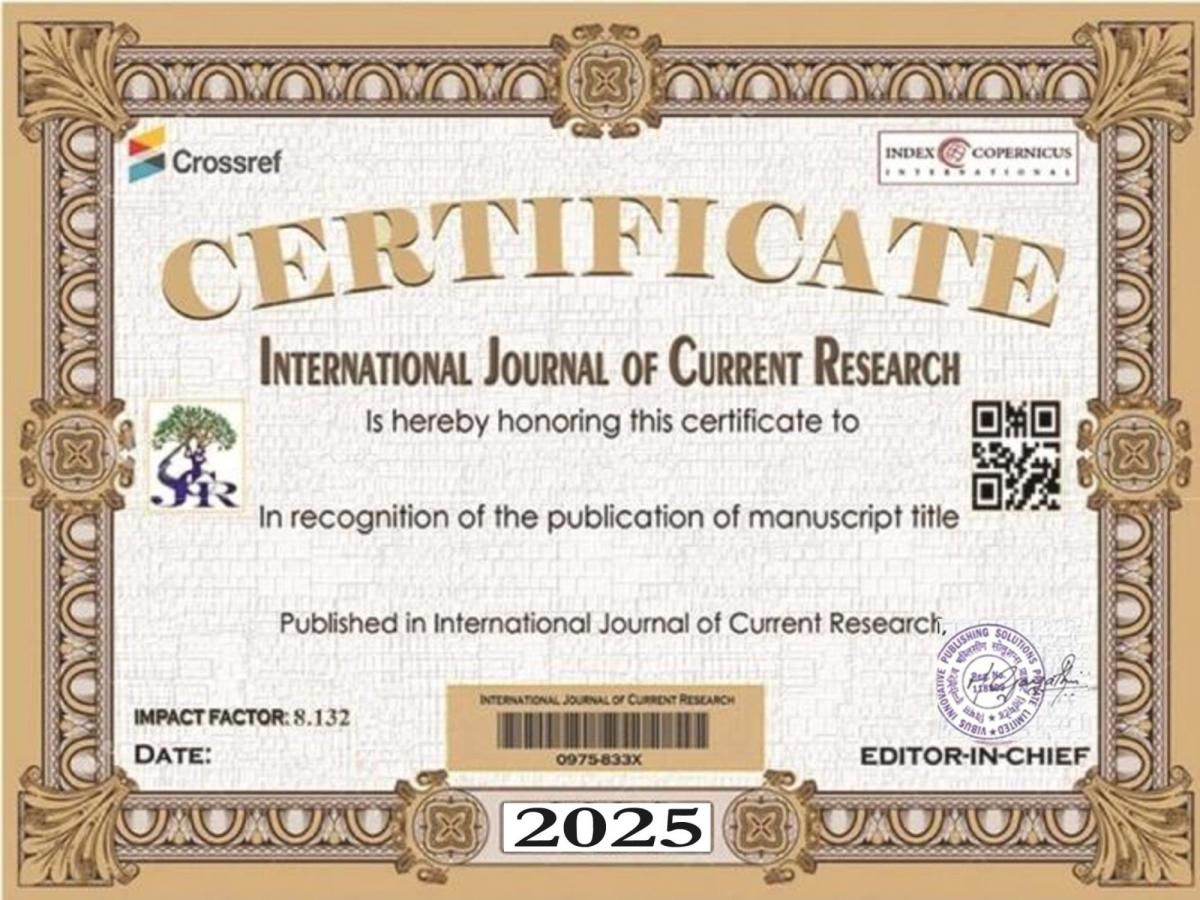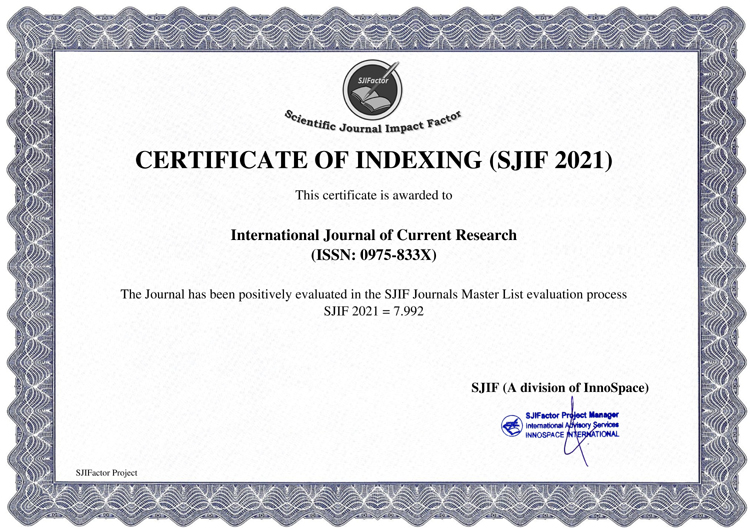Despite its economic importance, seed cotton management in Benin remains the sole responsibility of cotton growers. The objective of this study is to analyze the logistics chains involved in seed cotton management from the field to the ginning plant. The study was conducted in 2018 in the municipalities of Kandi and Kérou in the north and Djidja in the south. Yamane's random sampling method was used to collect data from 394 cotton growers. SPSS 18 software was used for univariate and bivariate descriptive analyses. Discourse and content analysis were the main qualitative tools used. To ensure consistency in the rankings given by cotton farmers to each factor, the nonparametric Friedman test was used. The results revealed that baskets and bags are the main harvesting materials used. Feet, motorcycles, bicycles, and tricycles are the main means used to transport seed cotton to primary markets. Trucks and vans are the main means of transport to the factory. The cotton farmers surveyed do not have warehouses to pre-store seed cotton. From the field to the factory, there is a noticeable decline in the quality of seed cotton. The use of financial resources, equipment, and technical support for cotton farmers remains essential to guarantee the quality of seed cotton.





